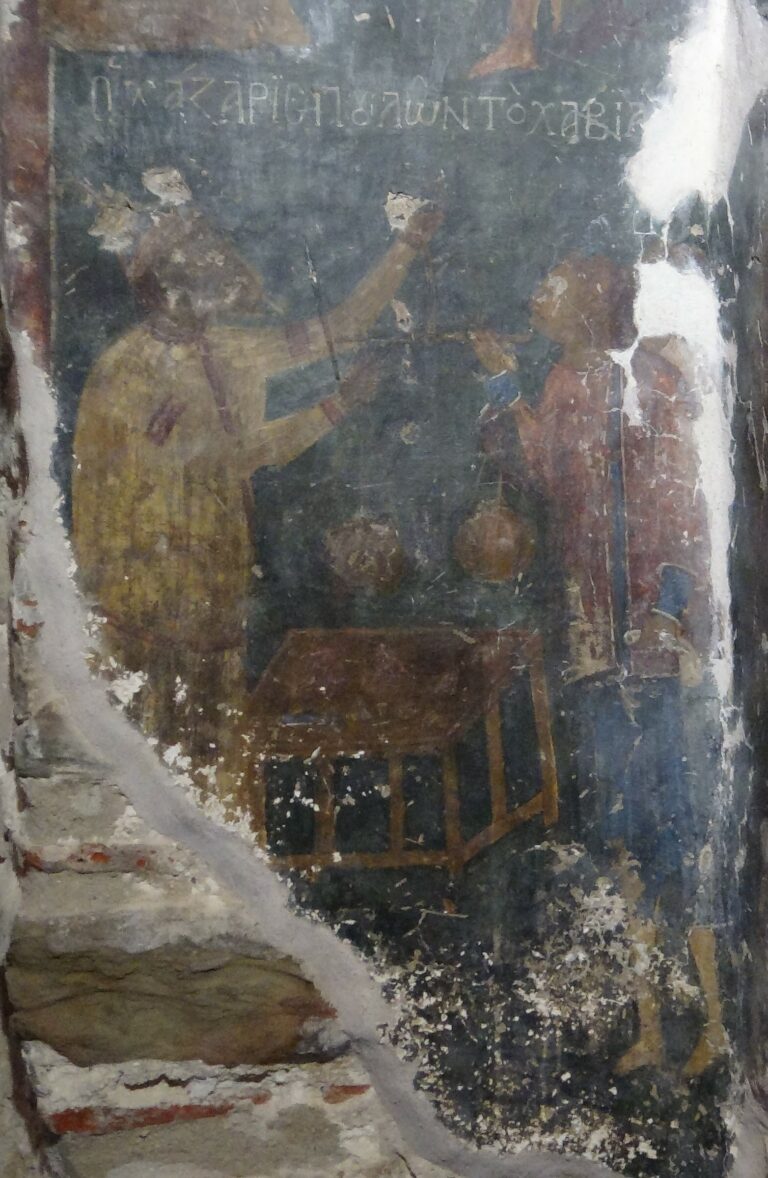Caviar
It is the most expensive aquaculture product and perhaps the most expensive delicacy in the world
Caviar
Caviar is the most expensive aquaculture product and perhaps the most luxurious delicacy globally, having become a symbol of prestige and social class. It is also an irresistible temptation for the taste of the world’s elite, at the most formal meals and receptions.
Caviar, known as the roe of the sturgeon family, consists of salted eggs from female sturgeons. Historically, Russia was a significant caviar-producing nation from the early 20th century onwards. The term “caviar” originates from the Persian expression “Mahi Khaviari,” which translates to “the egg that gives birth to fish.” The most sought-after and valuable caviar comes from sturgeons caught in the Caspian Sea, the world’s primary caviar-producing region.
Sturgeon is the common name for 27 fish species within the Sturgeon family, categorized into four genera.
- Subfamily Acipenserinae
- The Russian sturgeon (Acipenser gueldenstaedtii),
- Acipenser baerii,
- Genus Huso
- Huso huso (Beluga sturgeon), Huso huso
- Genus Scaphirhynchus, as well as
- the genus Pseudoscaphirhynchus.
27 species of sturgeon produce caviar. Ossetra caviar is derived from the eggs of the Russian sturgeon (Acipenser gueldenstaedtii), while Baerii caviar is produced from the Siberian sturgeon, and Beluga caviar hails from the Huso huso sturgeon.
In the early 20th century, sturgeon fishing was prohibited, due to the declining populations of these fish in the wild. Since 1997 all species of the sturgeon have been added to the appendices of CITES (Convention on International Trade in Endangered Species of Wild Fauna and Flora), an international convention aimed at protecting traded species of Wild Fauna and Flora that are in danger of extinction. Caviar is now worldwide produced in a controlled environment, i.e., in sturgeon fish farms.
Caviar
Generally, roe consists of 72-74% water, 18-20% unprocessed protein, 3-6% lipids and up to 1-2% minerals. Protein is a major component of both caviar and roe fish, typically averaging 75% hemoglobin, 13% collagen, and 11% albumin. Additionally, roe contains lysozyme, which is a powerful antibacterial element. Caviar is also abundant in minerals, particularly calcium, iron, magnesium, manganese, phosphorus, potassium, copper and zinc. It also has a high level of vitamins, especially vitamin D3.
Ioannis Varvakis, with origins in Psara, was a sailor, pirate, captain, prominent member, and financier of the Filiki Etaireia (Society of Friends), and a national benefactor. Having gained the favor of Empress Catherine II of Russia, also known as Catherine the Great, he settled in the city of Astrakhan at the Caspian Sea, where he became involved in the processing and preparation of caviar, creating a large factory in the area. In this way, it becomes the first exporter of caviar, one of the most significant Greek traders of the product, dominating the markets of the Ottoman Empire, Persia and Egypt. Ioannis Varvakis, by creating specialized airtight packaging for caviar in linden barrels, pioneered international caviar trade.
The story of Ioannis Varvakis has been a source of inspiration both for the director Yiannis Smaragdis for his internationally produced film God Loves Caviar, and for the father of the Papagiannis family, who in 1992 brought the first sturgeon eggs from Astrakhan to the family farm.
“Τhesauri Caviar”
The Papagianni family’s caviar business, known as Thesauri Caviar, is a Greek enterprise, based in Arta (Epirus-Greece) dedicated to sturgeon farming and caviar production. This pioneering business produces caviar on its farm, the first of its kind in Greece, focusing on three pure sturgeon species out of the 27 varieties capable of caviar production. These species are Acipenser gueldenstaedtii, Acipenser baerii, and Huso huso. Specifically, they produce Ossetra caviar from farmed Russian sturgeon Acipenser gueldenstaedtii, Baerii caviar from Siberian sturgeon, and exquisite Beluga caviar from Huso huso sturgeon.
The company’s farm (Aquafarm) extends over an area of 33 hectares on the shores of the Ambracian Gulf, benefiting from high-quality water sourced from an artesian well that springs up from a significant depth and flows through the tanks through an open circuit of continuous flow, ensuring hygiene, safety and well-being of the fish.
Thorough controls are conducted at every stage of fish farming (reproduction, fingerling, larva) and at all levels (diet, well-being, water quality), to ensure the optimal condition of the fish as they mature. Regarding the production methods, the company, active for twenty years, has managed to develop such know-how as to be able to closely monitor the fish one by one with ultrasound and select the females that have reached the appropriate stage of maturity. The salting and packaging process takes place in a laboratory.
The initial quantities of caviar were primarily exported mainly to the U.S.A., where the majority of the production is now sold. The United States imposes stringent regulations, underscoring the rigorous checks that the product undergoes. The facility meets all quality system specifications (FSSC) 22000 and has obtained FDA approval for the United States market. Today, the company exports 95% of production to 20 countries across Europe, USA, the Middle East and Arab countries. In recent years, Thesauri Caviar has also become available in the Greek market, under the brand name ‘‘Thesauri’’.
Caviar Depiction at the Vlacherna Monastery in Arta
In the South arch of the west side of the Narthex of the Vlacherna Monastery in Arta (Epirus-Greece) is depicted the most significant fresco of the temple, the «Litany of the icon of the Virgin of Hodegetria». The importance of the mural is mainly due to the fact that the story of the theme of ” the Litany of the image of the Virgin Hodegetria”, which took place every Tuesday in Constantinople, is Unicum (utterly unique) in the Byzantine monumental painting.
This monumental mural has no precedent or next in the relevant Byzantine representations in terms of the specific elements and the iconographic richness of the subject, but also in terms of the detailed and plausible description of the events.
On this particular day (Tuesday) a market was held in the square, and a large crowd was gathered, as well as clergy. Shopkeepers – residents of the capital or villagers from Thrace and the coasts of Asia Minor – came to sell their products. Specifically, the mural depicts five scenes of street vendors, dealing with customers, men and women, moving their wares in baskets or makeshift benches, giving accurate information about the open-air market (forum) that framed the Litany.
One of the scenes is entitled «Ο ΧΑΖΑΡΙC ΠΟΥΛΩΝ ΤΟ ΧΑΒΙΑΡ[ΙΝ]», with its national name (Hazaros: Khazar· the Khazars had established an extensive trading empire and were grouped west and north of the Caspian Sea, mainly in the northern Caucasus and the Eurasian steppe) which sells the most expensive of the delicacies, the caviar that arrived from the Azov and the Crimea in the city, after first weighing it on a mobile scale. The customer has his eyes on the weighing in order to avoid any chance of being robbed during the weigh-in.

